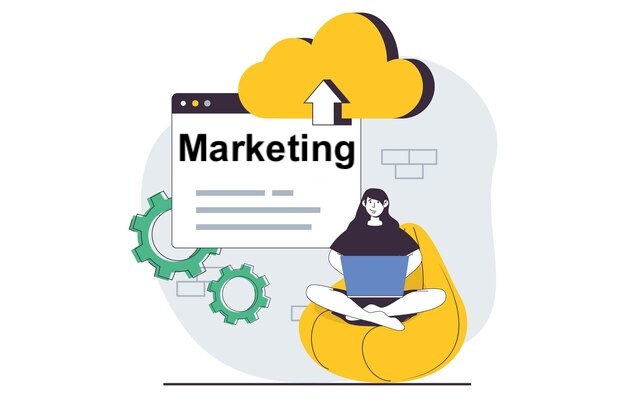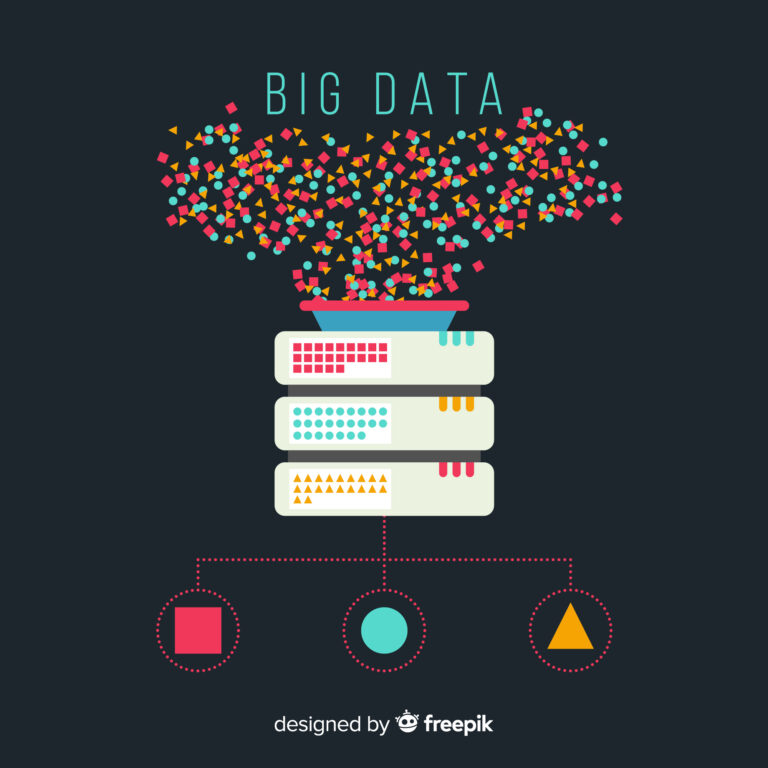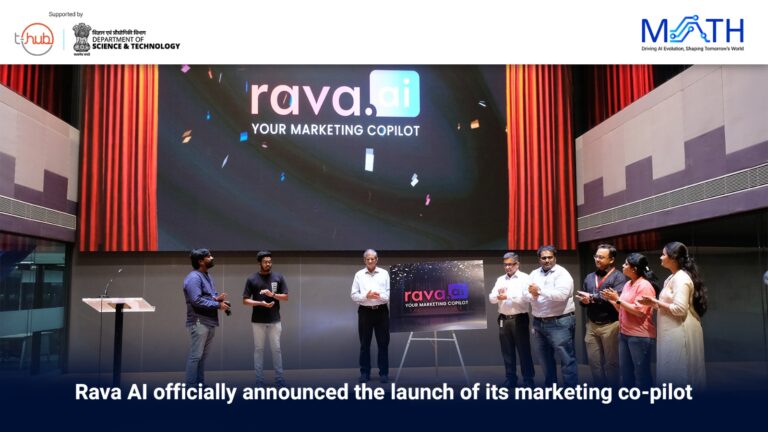Power of Limited Data: One Shot Vs Few Shot Prompting
Two techniques at the forefront of AI and machine learning revolution are one-shot and few-shot prompting. These approaches fall under the umbrella of meta-learning, or “learning to learn,” and they’re changing the way we think about training AI models.
What are One-Shot and Few-Shot Prompting?
One-shot prompting is a technique where a model is trained to perform a task with only a single example. Imagine teaching a child to recognize a new animal species by showing them just one picture. That’s the essence of one-shot learning in the AI world.
Few-shot prompting, on the other hand, involves training a model with a small number of examples, typically between 2 and 10. It’s like teaching that same child by showing them a handful of pictures of the animal in different poses or environments.
Both these methods stand in stark contrast to traditional machine learning approaches, which often require hundreds or thousands of examples to train a model effectively.
In the world of marketing, where consumer preferences change rapidly and new products emerge constantly, the ability to adapt quickly with limited data is invaluable. One-shot and few-shot prompting are revolutionizing how marketers can leverage AI to stay ahead of the curve.
Imagine launching a new product in a foreign market. With one-shot prompting, you could potentially train an AI model to generate culturally appropriate ad copy after seeing just one successful local advertisement. Few-shot prompting might involve showing the AI 5-10 successful local ads to generate more nuanced, market-specific content. In marketing, these techniques can be applied to:
- Rapid A/B testing of ad copy
- Personalizing customer interactions with minimal data
- Quickly adapting marketing strategies for new market segments
- Generating product descriptions for niche items
- Predicting trends based on limited early signals
In many real-world scenarios, large datasets are either unavailable or prohibitively expensive to obtain. One-shot and few-shot learning open up various possibilities.
One-Shot Prompting: The Ultimate Test of Generalization
Advantages:
- Requires minimal data, making it ideal for scenarios where examples are scarce
- Demonstrates a model’s ability to generalize quickly
- Can be faster to implement than traditional methods
For example, A small local bakery could use one-shot prompting to generate social media posts mimicking the style of a single viral post from a competitor, potentially increasing engagement quickly. Some of the advantages of this one shot prompting in marketing include:
- Ability to quickly test new marketing angles with minimal data
- Rapid adaptation to sudden market changes or events
- Cost-effective for small businesses or startups with limited resources
Disadvantages in Marketing:
- Risk of missing nuances in consumer preferences
- Potential for tone-deaf messaging if the single example isn’t representative
- Limited ability to capture diverse customer segments
Example: An AI trained on a single luxury car ad might struggle to generate appropriate content for a budget-friendly vehicle from the same brand.
Challenges:
- High risk of overfitting to the single example
- May not capture task variability well
- Performance heavily depends on the quality of the single example
Few-Shot Prompting: Finding the Sweet Spot
Advantages:
- Provides more context and variability than one-shot learning
- Can capture some task nuances
- Generally more robust than one-shot approaches
Challenges:
- Still limited in capturing full task complexity
- Performance can vary based on example selection
- May struggle with highly complex tasks
Techniques and Implementations:
Researchers have developed several techniques to make one-shot and few-shot learning more effective:
- Metric Learning: Training models to learn a distance function between examples
- Siamese Networks: Using twin neural networks to compare inputs
- Matching Networks: Adapting model parameters based on support sets
- Prototypical Networks: Learning a metric space where classes can be represented by prototypes
- Model-Agnostic Meta-Learning (MAML): Optimizing for rapid adaptation across tasks
Challenges in Implementation:
While promising, implementing one-shot and few-shot learning comes with its own set of challenges:
- Selecting representative examples: The few examples used must effectively represent the task’s complexity.
- Balancing generalization and specificity: Models must generalize well without losing task-specific details.
- Dealing with task ambiguity: Limited examples may not fully define the task boundaries.
- Handling input variations: Models need to cope with different formats or structures in inputs.
Evaluation and Metrics:
Evaluating one-shot and few-shot models requires specialized approaches:
- N-way K-shot classification tasks: Testing the model’s ability to distinguish between N classes given K examples of each
- Few-Shot Classification Accuracy: Measuring performance on new classes with limited examples
- Cross-task generalization metrics: Assessing how well the model adapts to entirely new tasks
Conclusion
Recent Advancements:
The field of one-shot and few-shot learning is rapidly advancing:
- Large language models like GPT-3 have shown impressive few-shot capabilities
- Researchers are exploring hybrid approaches that combine few-shot learning with fine-tuning
- New meta-learning algorithms are being designed specifically for few-shot scenarios
Ethical Considerations
As with any AI technology, one-shot and few-shot learning raise important ethical questions:
- Potential for bias amplification due to limited examples
- Importance of diverse and representative example selection
- Need for transparency about the limitations of models trained with few examples
The future of one-shot and few-shot learning looks promising, with several exciting avenues for research including:
- Improving sample efficiency even further
- Developing more robust few-shot learning algorithms
- Integrating few-shot capabilities into larger AI systems
- Exploring few-shot learning in multimodal contexts (e.g., combining vision and language)
One-shot and few-shot prompting represent a significant leap forward in machine learning, offering the potential to create more adaptable and efficient AI systems. As research in this field continues to advance, we can expect to see these techniques play an increasingly important role in shaping the future of artificial intelligence. Whether it’s personalizing user experiences, advancing medical diagnostics, or pushing the boundaries of language understanding, one-shot and few-shot learning are paving the way for a new era of AI that can learn and adapt with remarkable efficiency.







